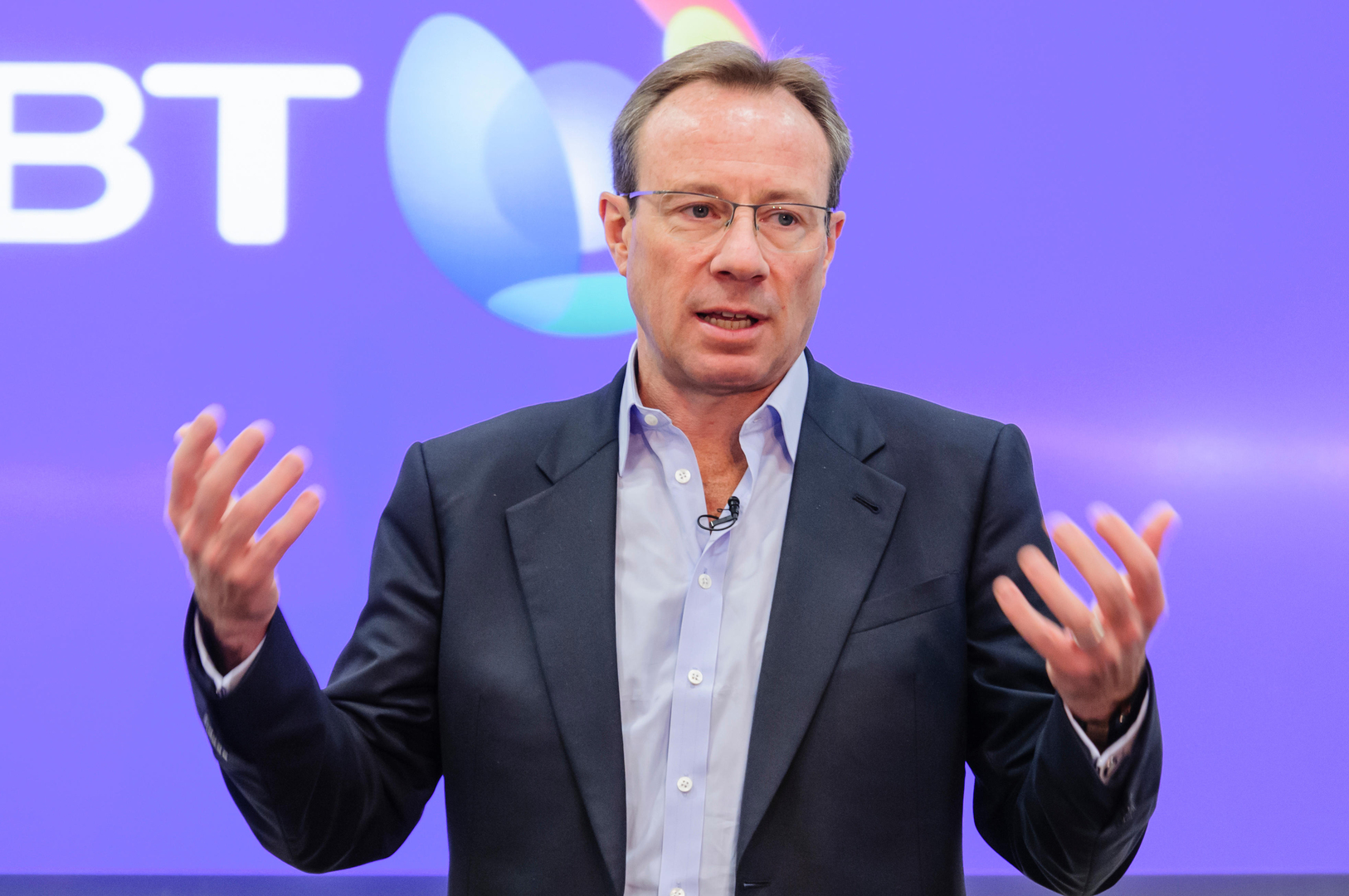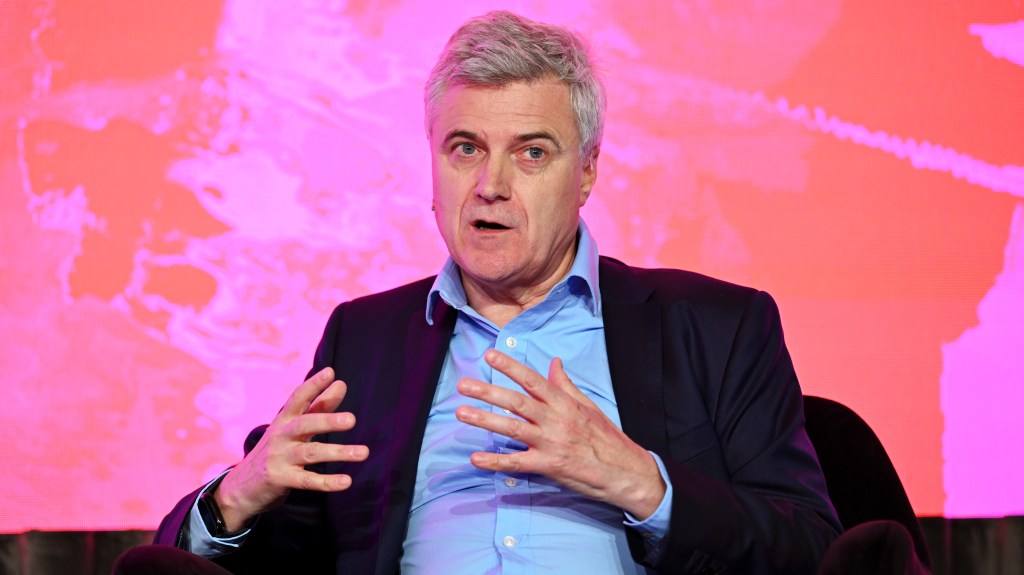Mark Read Departs as CEO of WPP: Insights on His Tenure
Mark Read’s resignation as chief executive of WPP marks only the second time in the advertising giant’s four-decade existence that a leadership transition has occurred.
Read stepped into the role following the unexpected exit of Sir Martin Sorrell, who founded the company over thirty years ago. His primary focus was to stabilize the organization during a tumultuous period.
According to one analyst, “The situation he took on was quite challenging, and he inherited a lot of difficulties.” Read’s strategy involved streamlining the vast company through agency mergers and generating significant funds by divesting various businesses. This included selling a 60 percent stake in Kantar to Bain Capital, which allowed for shareholder cash returns and debt reduction.
However, nearly seven years into Read’s leadership, WPP continues to face substantial hurdles, grappling with major client account losses, an economic downturn, and disruptions from the burgeoning field of artificial intelligence, which threatens to perform creative tasks more efficiently and affordably.
His decision to announce his departure – without having another position secured – is believed to have been driven by a desire to release this news ahead of the upcoming Cannes Lion festival, the premier event in the advertising calendar, which Read is set to attend next week.
Concerns about Read’s future have surfaced amid a significant drop in WPP’s market capitalisation, which has fallen from £16 billion to £5.9 billion since his appointment. These worries intensified after Philip Jansen, the former CEO of BT, assumed the role of chairman at the beginning of this year, raising suspicions that he might seek new leadership to improve the company’s performance.

While there have been notable achievements, including securing a partnership with Verizon Wireless, WPP has also seen significant losses, such as contracts with Pfizer and Coca-Cola in North America. The company is currently awaiting a decision on a major global media planning and buying account with Mars, expected soon.
Last year, WPP relinquished its title as the world’s largest advertising group by revenue to Publicis, a French competitor, while also facing competition from Interpublic and Omnicom, who are set to merge by the end of this year.
Creative agencies worldwide are feeling the impact of economic challenges, with marketing budgets shifting towards digital platforms like Meta, which operates Instagram and Facebook. Analysts from UBS indicate that WPP’s focus on creative work—which they believe constitutes about 45% of its revenue—puts the company at a relative disadvantage compared to Publicis, which is estimated at 25%.
WPP anticipates that its like-for-like revenue will remain flat or potentially decrease by up to 2% this year, following a 2.7% decline in underlying revenue in the first quarter. In contrast, Publicis has projected an organic growth rate of 4-5% for the year, having reported similar growth in the preceding quarter.
During Read’s tenure, WPP’s share performance has lagged behind that of Publicis and competitors Omnicom and Interpublic, experiencing a drop of more than 50% in value.
Analysts speculate that Publicis’s success may stem from its ability to motivate and retain key talent, along with winning significant contracts like the North America Coca-Cola mandate, creating a positive feedback loop that attracts more major clients.
Moreover, WPP has been challenged by increasing competition for marketing dollars from digital channels and a decline in traditional media outlets such as print and television.
Read was an advocate for integrating AI into WPP’s operations, committing £300 million this year to WPP Open, the AI-driven platform developed over the last four years. In 2021, he also acquired Satalia, a marketing AI company. Nevertheless, analysts note that the benefits of AI integration remain uncertain.
Read faced ongoing scrutiny from Sorrell, who retains a 2% stake in WPP, making him one of the top shareholders. Sorrell’s departure in April 2018 followed allegations of personal misconduct, which he denied, leaving under circumstances described as a ‘good leaver.’
Some industry experts argue that Read has been unfairly evaluated. Johnny Hornby, founder and CEO of The&Partnership, highlighted that Read took on a company in desperate need of reform. He remarked, “He has improved the working environment significantly and fostered a more collaborative management culture. His legacy will likely reflect his foresight in digital trends and innovation.”
Chairman Jansen’s Experience with Turnarounds
Pressure for Read to enhance WPP’s valuation intensified prior to Philip Jansen’s entry into the boardroom. Jansen, a formidable presence, previously led BT and has experience with corporate turnarounds. He took over leadership during a period marked by under-investment and a dilapidated infrastructure needing modernization.
As he departed from BT in 2023, Jansen was dealing with a share price that had fallen more than 40%. Investors voiced concerns over the significant capital required for network upgrades and the underwhelming performance of UK sectors that later merged into BT Business.
Jansen’s candid approach has occasionally generated controversy. In 2023, he was admonished by Ofcom for his comments about rival impact regarding BT’s Openreach network expansion. Jansen later contended that his remarks were taken out of context.
Jansen, the son of a business leader from Caradon, has spent considerable time in the private sector before joining BT, leading firms such as Brakes and Worldpay. He began his career with Procter & Gamble and has also worked with Telewest, MyTravel, and Sodexo.




Post Comment